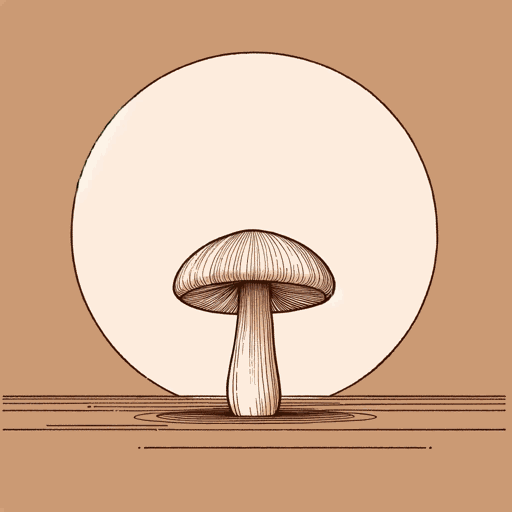75 pages • 2 hours read
Anna Lowenhaupt TsingThe Mushroom at the End of the World
Nonfiction | Book | Adult | Published in 2015A modern alternative to SparkNotes and CliffsNotes, SuperSummary offers high-quality Study Guides with detailed chapter summaries and analysis of major themes, characters, and more.
Before You Read
Summary
Preface
Prologue
Part 1, Introduction
Part 1, Chapters 1-3
Part 1, Interlude 1.1
Part 2, Introduction
Part 2, Chapters 4-7
Part 2, Interlude 2.2
Part 2, Chapters 8-10
Part 2, Interlude 2.3
Part 3, Introduction
Part 3, Chapters 11-13
Part 3, Chapters 14-15
Part 3, Chapters 16-17
Part 3, Interlude 3.3
Part 4, Introduction
Part 4, Chapters 18-19
Part 4, Chapter 20 and Conclusion
Key Figures
Themes
Index of Terms
Important Quotes
Essay Topics
PrologueChapter Summaries & Analyses
Prologue Summary and Analysis: “Autumn Aroma”
Just before the prologue, Tsing presents the first image of a mushroom, “in the ruin of an industrial forest” in the American state of Oregon (1). The prologue’s epigraph is an eighth century Japanese ode to matsutake mushrooms in that country’s fall weather.
Tsing explains that her relationship to nature is emotional, rooted in a response to precarity—visiting the woods, finding mushrooms there, shows her “that there are still pleasures amidst the terrors of indeterminacy” (1). These fears, she argues, are systemic. The world is beset by climate change, and employment and economic success is now elusive for many people. She argues that mushrooms act as a “guide—when the controlled world we thought we had fails” (2).
Having introduced her abstract subject, Tsing next describes her concrete one: “aromatic wild mushrooms much valued in Japan” called matsutake (2). She argues that extensive critique of capitalism and its failures has already been undertaken at length; she is interested in what matsutake may reveal about possibilities for endurance and happiness in an unstable and uncertain world. She cites, as encouragement, a pamphlet reminding readers that even in the aftermath of the United States military dropping atomic bombs on Japan, matsutake mushrooms continued to exist.

